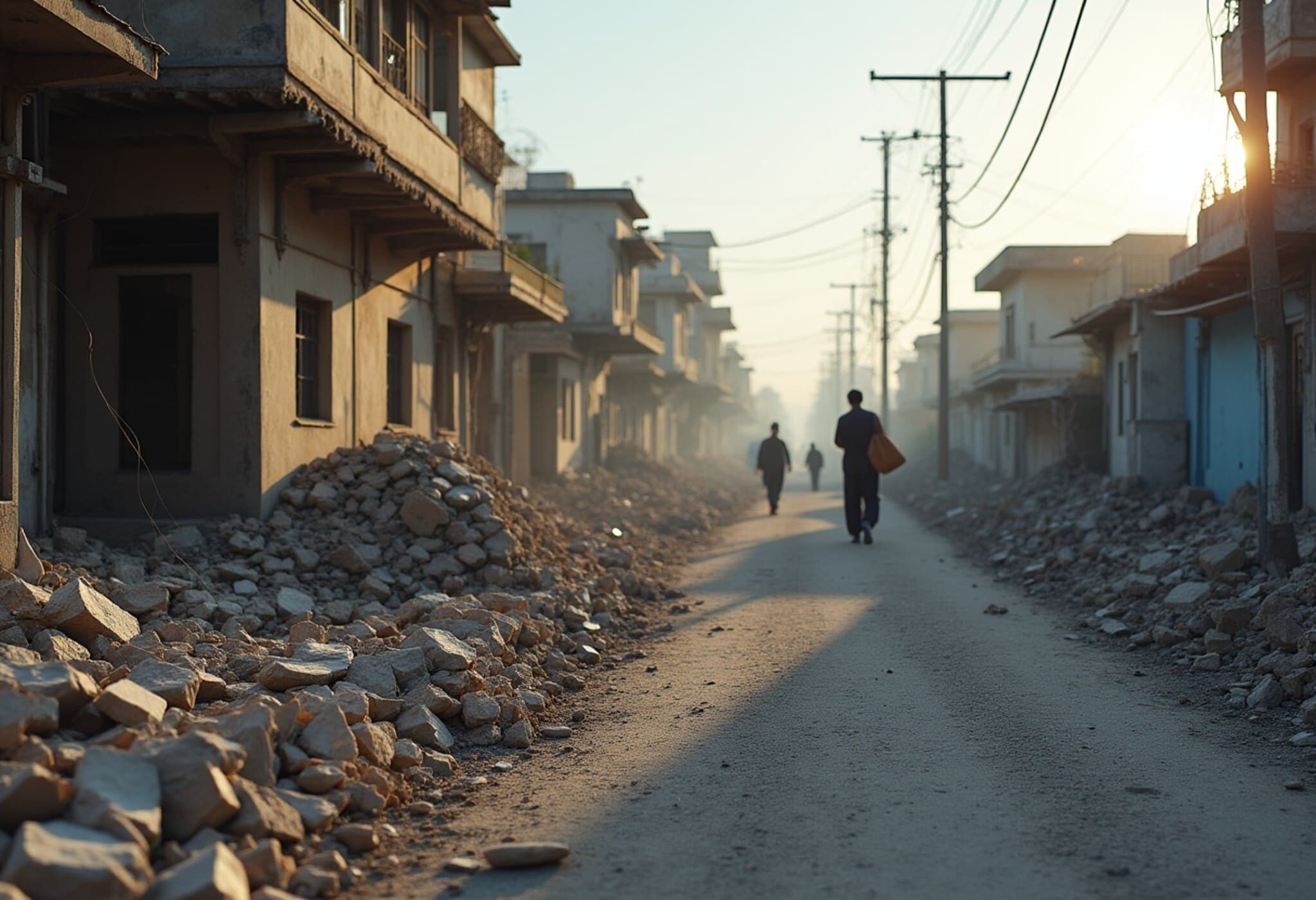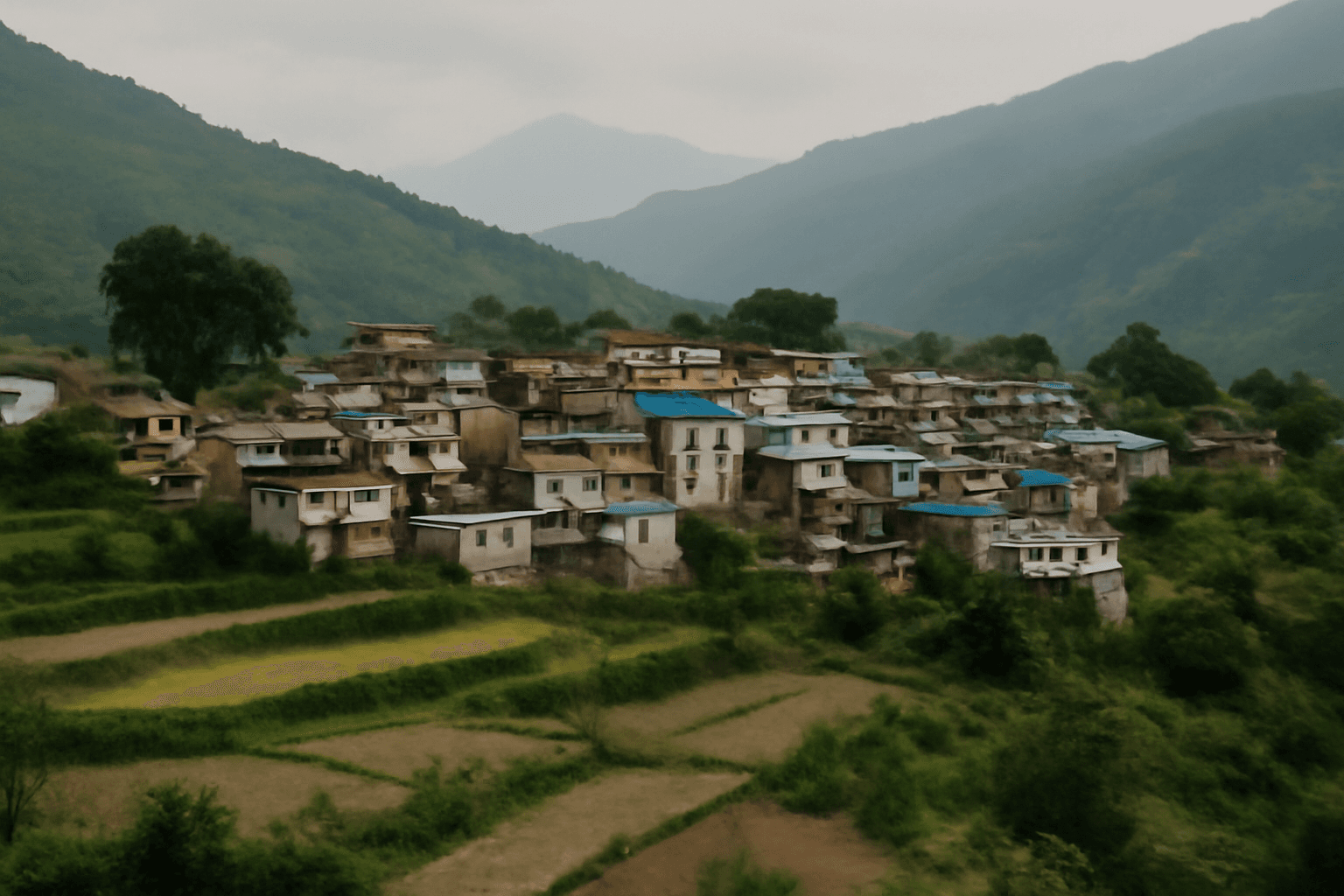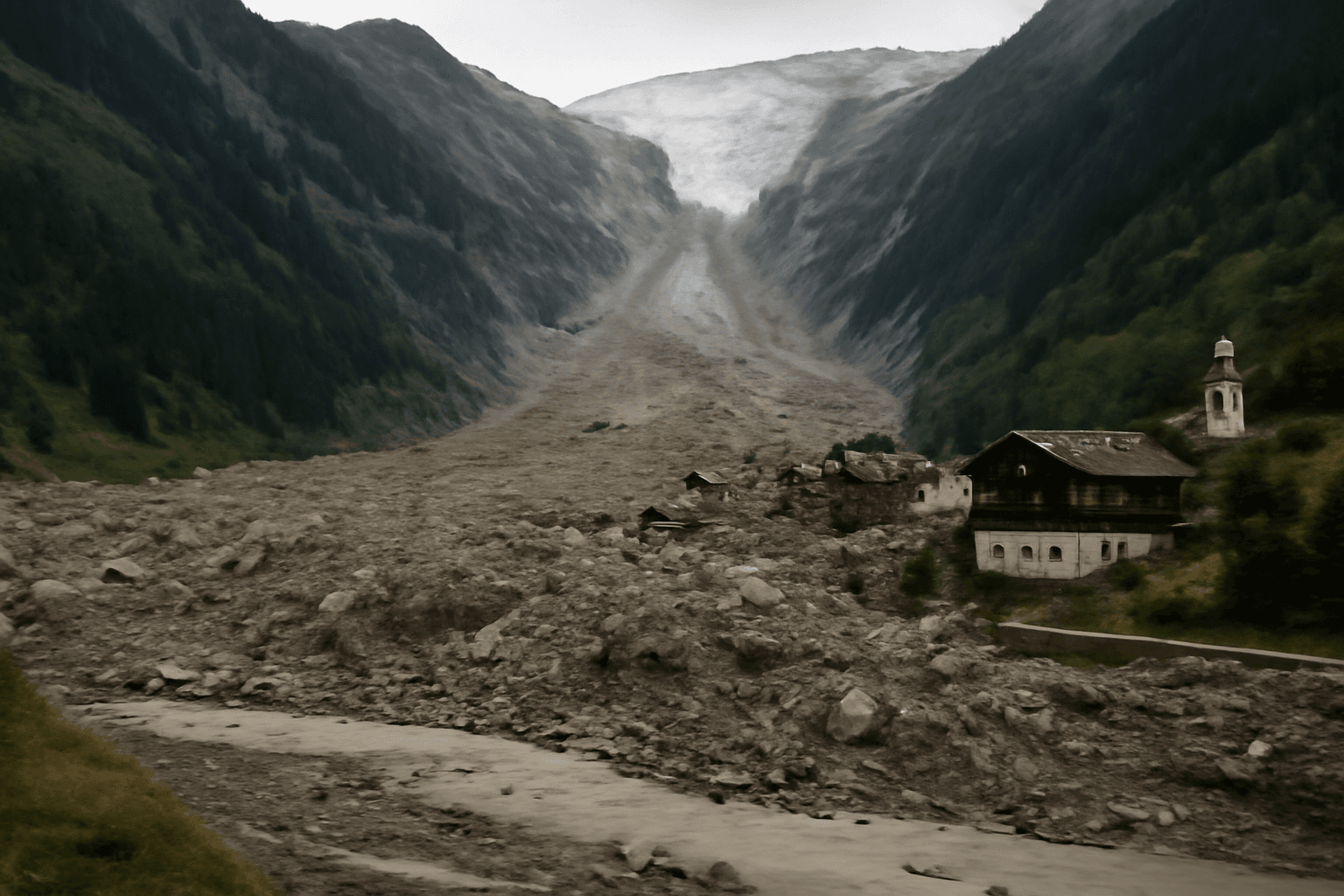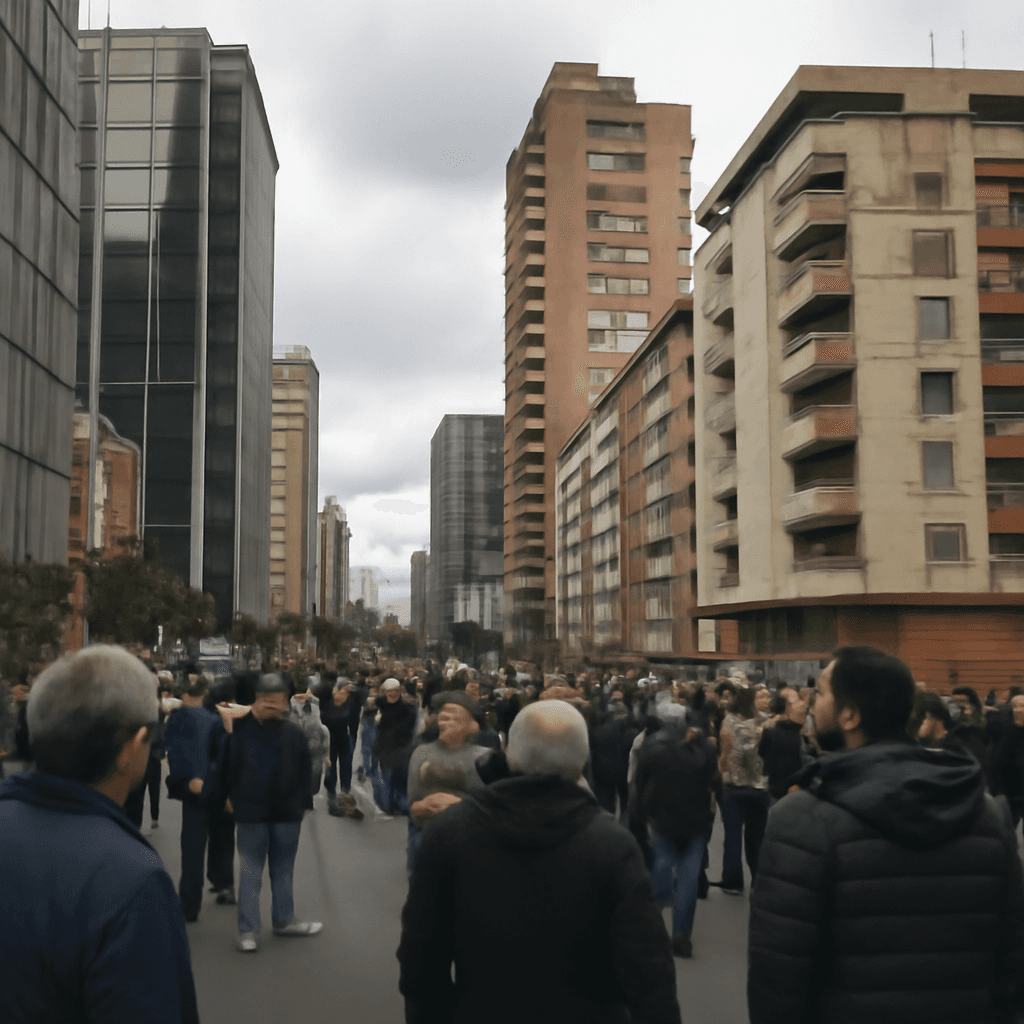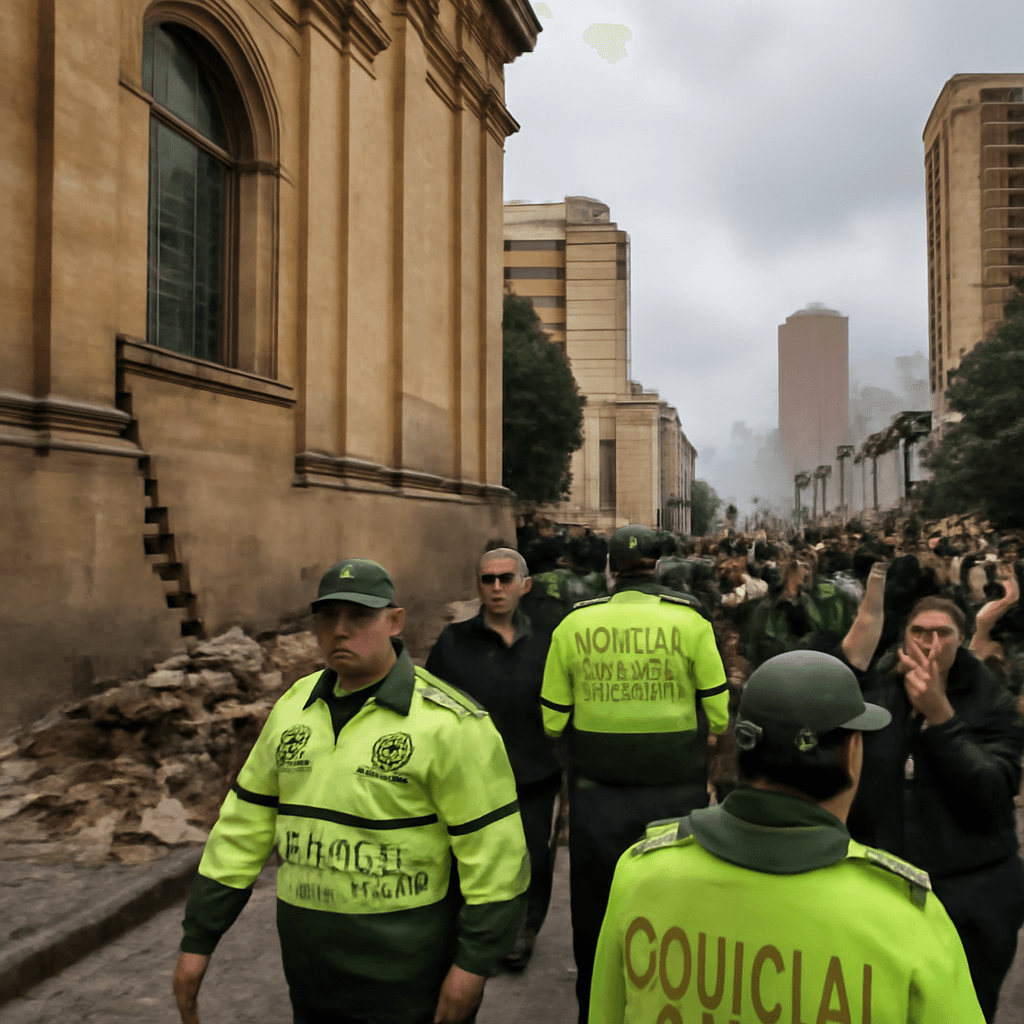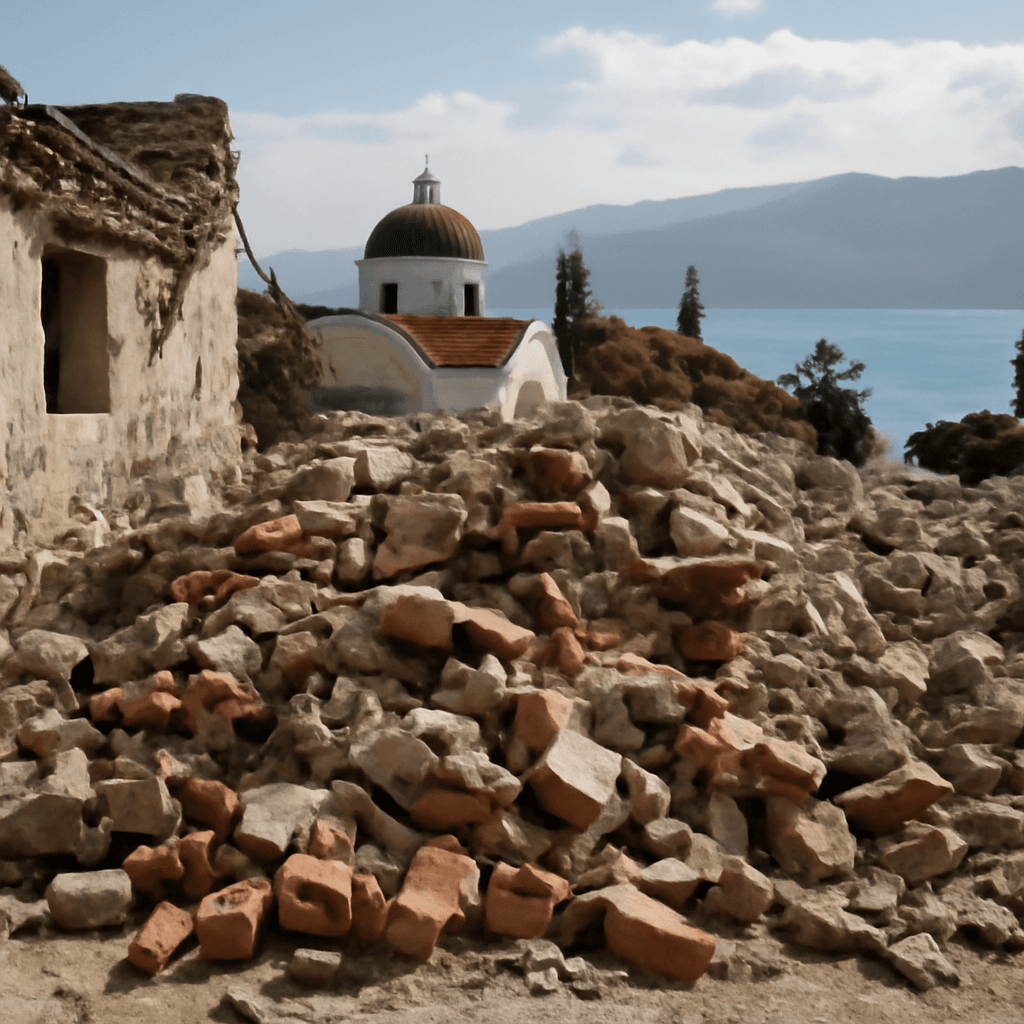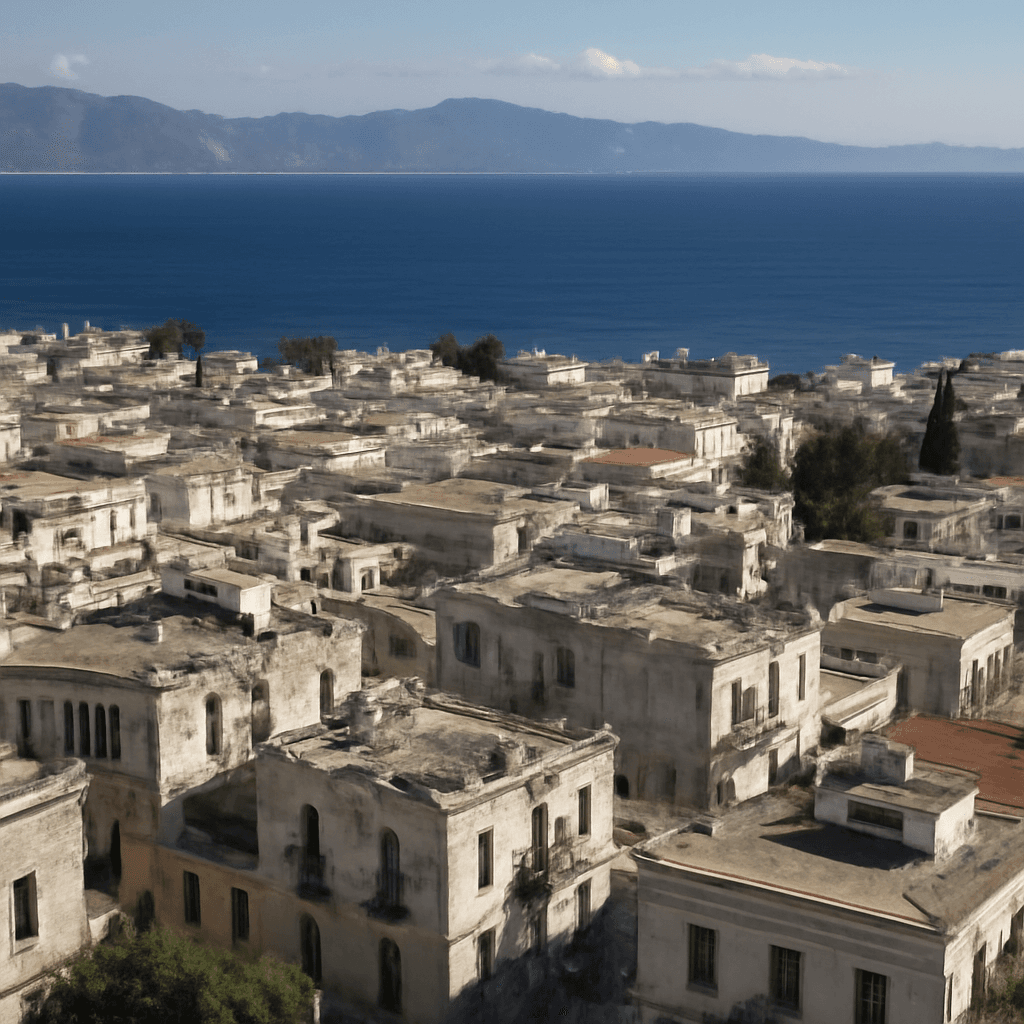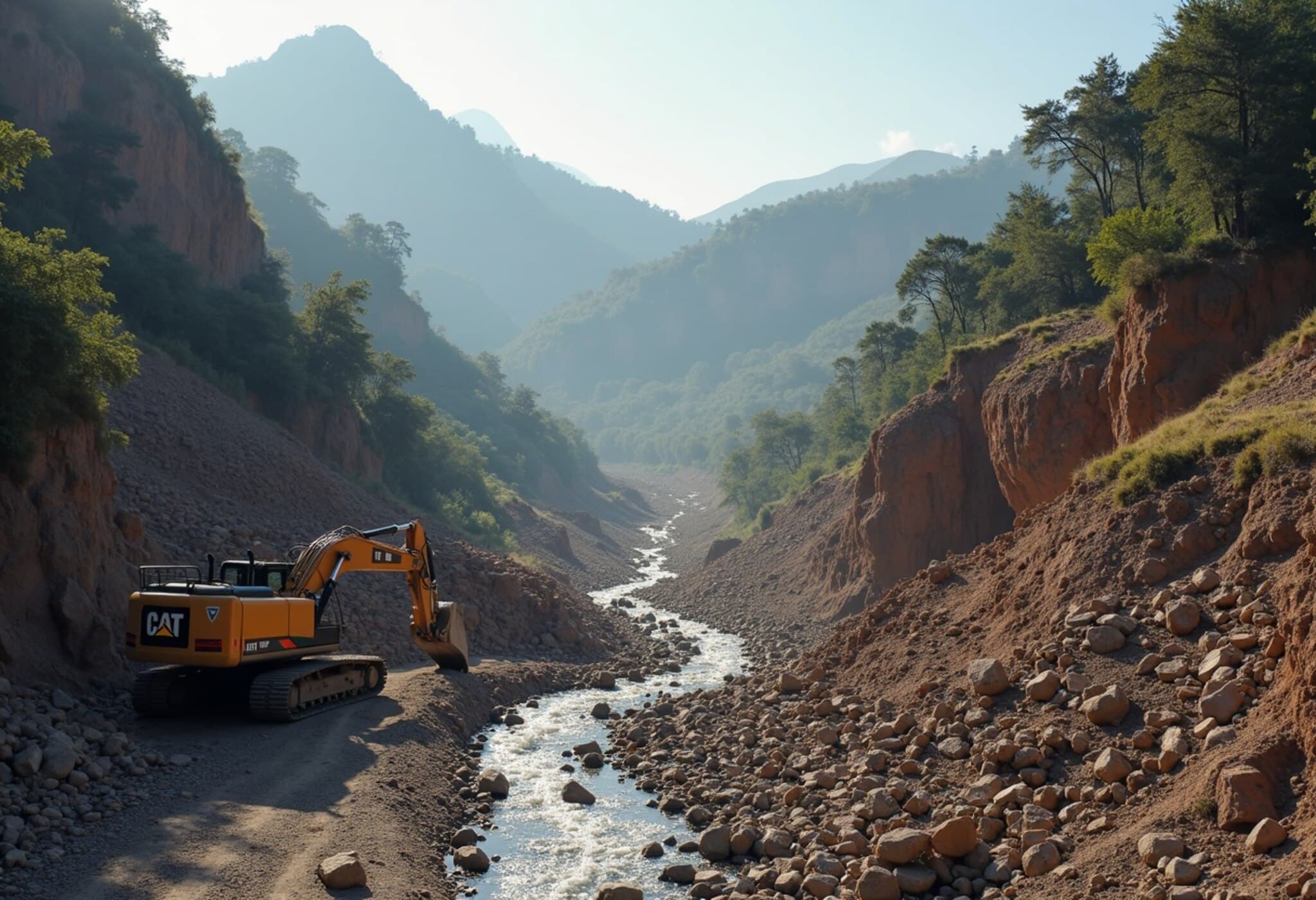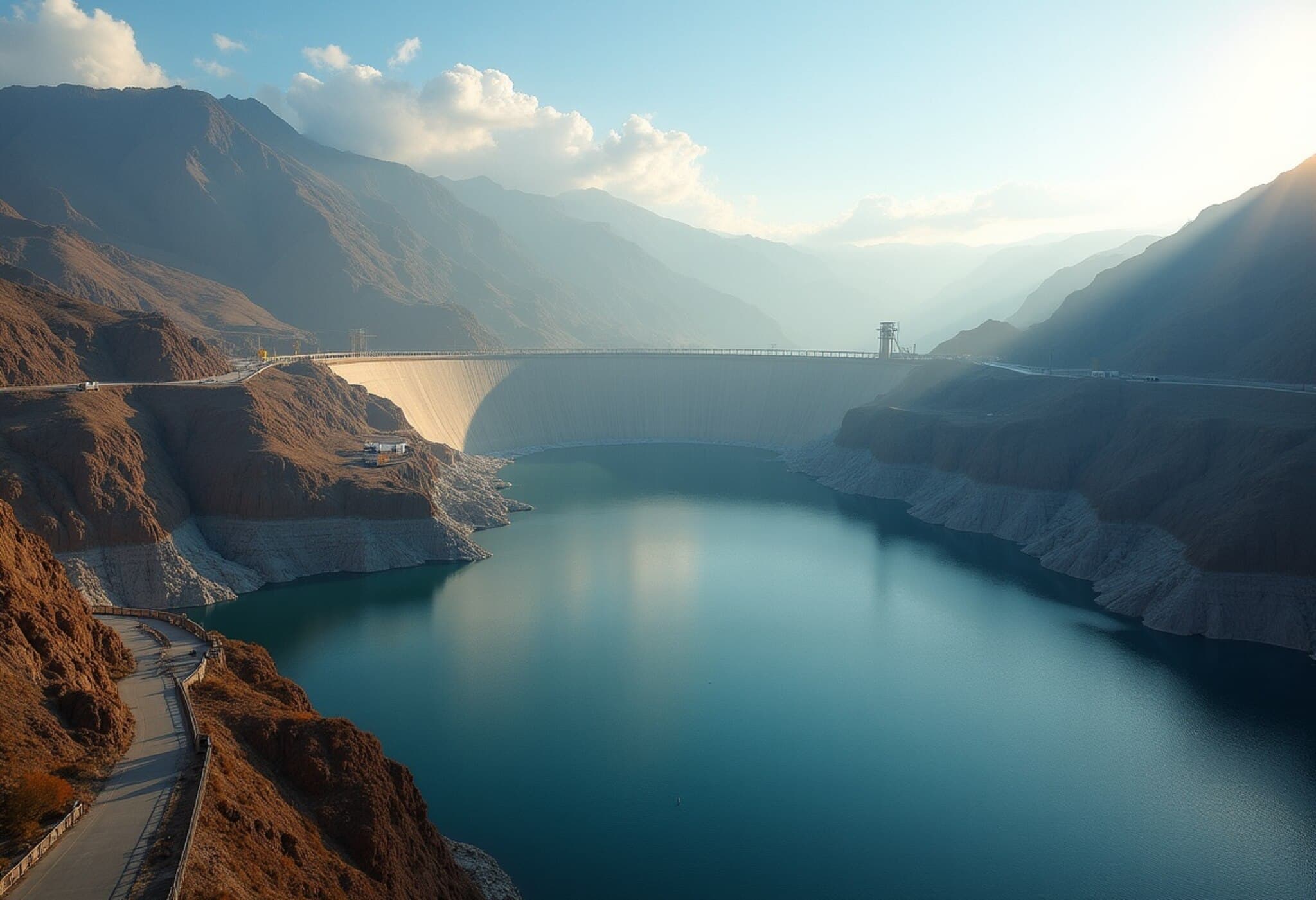Midnight Earthquake Jolts Islamabad Area
In the early hours of Sunday, residents across parts of Pakistan were awakened by a mild but noticeable earthquake measuring 4.8 on the Richter scale. The tremor struck at approximately 12:40 AM local time, shaking buildings mainly in and around Islamabad. According to data from the National Centre for Seismology (NCS), the earthquake originated at a shallow depth of 10 kilometers beneath the earth's surface, amplifying its felt intensity despite its moderate magnitude.
Context: A Stronger Shock Just Hours Before
This seismic event came only hours after a more powerful 5.4 magnitude earthquake rattled several northern provinces on Saturday, including Khyber Pakhtunkhwa, Punjab, and the capital territory of Islamabad itself. That earlier quake caused widespread alarm, with local authorities advising residents to stay alert for aftershocks and assessing potential structural damages.
Understanding the Seismic Activity in Pakistan
Pakistan is situated near the converging boundary of the Indian and Eurasian tectonic plates — a hotspot for seismic events. The region commonly experiences shallow-focus earthquakes, which, despite moderate magnitudes, can produce significant surface shaking due to their proximity to the surface.
Experts from Pakistan’s geological institutes and international observers emphasize that while the recent quakes have not led to major destruction, they serve as a reminder of the region’s seismic vulnerability and the critical need for preparedness.
Emergency Preparedness and Public Safety Messaging
- Prompt communication from the National Centre for Seismology has helped mitigate panic among residents.
- Local governments are urged to review their disaster-response protocols, particularly for urban centers like Islamabad that face growing population density.
- Public awareness campaigns focusing on earthquake safety — such as identifying safe spots and evacuation routes — remain essential to minimize risk.
Expert Insight: What Does This Mean for Pakistan?
Dr. Amina Qureshi, a seismologist at Quaid-i-Azam University, notes, "These back-to-back tremors, although moderate, could indicate increased stress along fault lines. It's important to monitor these patterns closely to anticipate potential larger events." She also cautions against complacency, urging infrastructure resilience improvements especially in densely populated areas.
Given Pakistan's history of devastating earthquakes, including the tragic 2005 Kashmir earthquake, experts highlight the persistent need for robust building codes and community-level preparedness initiatives.
Looking Ahead: What Should Residents Expect?
Seismologists warn that aftershocks are common following significant tectonic shifts. Residents should remain vigilant and adhere to safety advisories issued by authorities.
Pakistan's government agencies continue to collaborate with international seismic monitoring networks to enhance real-time earthquake detection and early warning systems, aiming to reduce future risks.
Summary: Key Takeaways
- Two earthquakes within a short span: 5.4 magnitude on Saturday, followed by 4.8 near Islamabad just after midnight.
- Both events occurred at shallow depths, increasing their felt impact.
- Pakistan remains a seismically active zone needing ongoing preparedness and resilient infrastructure.
- Experts emphasize monitoring, public awareness, and rapid governmental response as vital.
While these recent tremors have fortunately not resulted in major damage or casualties, they remind us of the fragile balance beneath the region’s surface. The increasing urbanization and expanding population density around Islamabad elevate the stakes for any future seismic activity. Policymakers, scientists, and communities must collaborate to ensure that preparedness measures evolve alongside these emerging challenges. How effectively can Pakistan blend scientific foresight with community resilience to mitigate risks? And what lessons from past earthquakes remain under-applied today? These are questions worth greater public attention as the country navigates its seismic realities.

